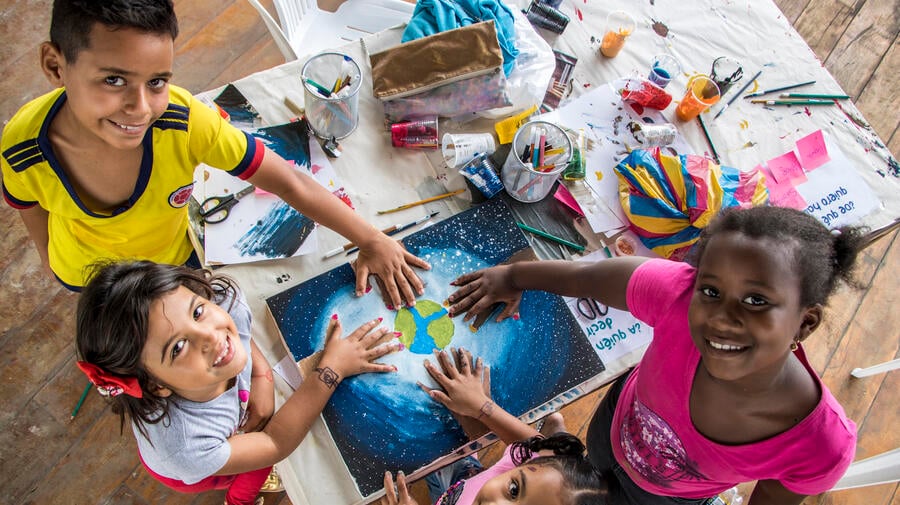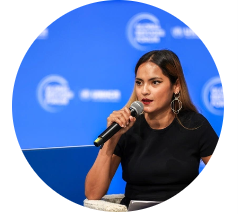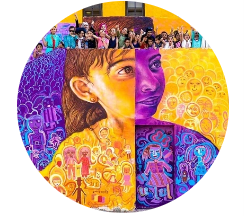The Global Compact on Refugees
The Global Compact on Refugees

The Global Compact on Refugees is a framework for more predictable and equitable responsibility-sharing, recognizing that a sustainable solution to refugee situations cannot be achieved without international cooperation.
It provides a blueprint for governments, international organizations, and other stakeholders to ensure that host communities get the support they need and that refugees can lead productive lives.
It constitutes a unique opportunity to transform the way the world responds to refugee situations, benefiting both refugees and the communities that host them.
[The Global Compact] represents the political will and ambition of the international community as a whole for strengthened cooperation and solidarity with refugees and affected host countries.
What does the Global Compact on Refugees include?
The Global Compact on Refugees has four parts:
- An introduction setting out the background, guiding principles, and objectives of the global compact.
- The Comprehensive Refugee Response Framework (CRRF), as agreed to by Member States in Annex I of the New York Declaration.
- A Programme of Action setting out concrete measures to help meet the objectives of the compact, including:
- Arrangements to share burdens and responsibilities through a Global Refugee Forum (every four years), national and regional arrangements for specific situations, and tools for funding, partnerships, and data gathering and sharing.
- Areas in need of support, from reception and admission, to meeting needs and supporting communities, to solutions.
- Arrangements for follow-up and review, which will primarily be conducted through the Global Refugee Forum every four years, the Global Refugee Forum Progress Review (former High-Level Officials Meeting) held two years after each forum, and the High Commissioner’s annual report to the General Assembly.

The Global Refugee Forum (GRF)
held every four years

Global Refugee Forum Progress Review
held two years after each GRF

Published every two years
Text and media 63
How can the world better share responsibility for refugees?
The Global Compact on Refugees is a blueprint for a stronger, fairer response to refugee situations so refugees can thrive alongside their hosts.
Background
In 2016’s historic New York Declaration for Refugees and Migrants, all 193 Member States of the United Nations agreed that protecting those who are forced to flee and supporting the countries that shelter them are shared international responsibilities that must be borne more equitably and predictably.
The United Nations High Commissioner for Refugees was given the task of developing a new global compact on refugees in consultation with States and other stakeholders, building on the comprehensive refugee response framework set out in the New York Declaration (Annex I).
That process comprised a series of thematic discussions in 2017 followed by formal consultations on successive drafts of the text between February and July 2018. These were complemented by hundreds of written contributions from United Nations Member States and other stakeholders.
The Global Compact on Refugees was officially affirmed by the UN General Assembly on 17 December 2018, paving the way for this new international framework to be implemented and to bring tangible benefits for refugee and host communities.
Learn more and get involved
Text and media 32
Digital Platform for the Global Compact on Refugees
The Digital Platform brings together a growing community working to help refugees and their host communities around the world. See the latest news and explore the pledges, contributions and different initiatives which are turning the Global Compact on Refugees into action.
Text and media 33
Good practices of initiatives implementing the Global Compact on Refugees
Individuals, governments, organizations, and businesses across the world can submit good practices for implementing initiatives to support and find long-term solutions for refugees, the communities who host them, and stateless people.















